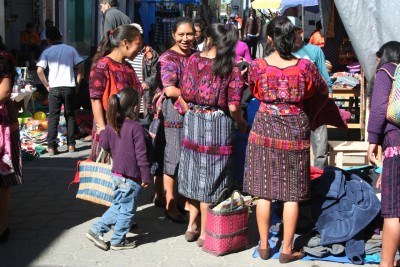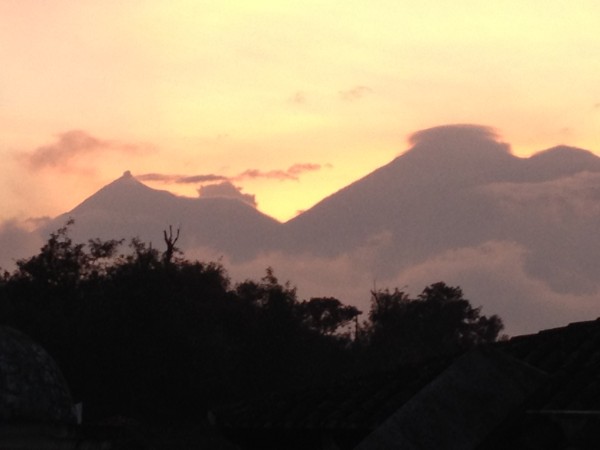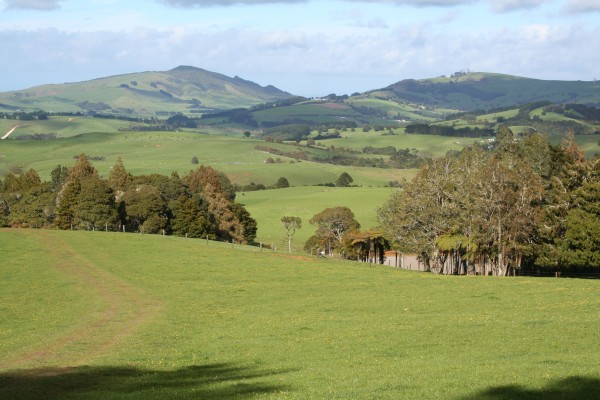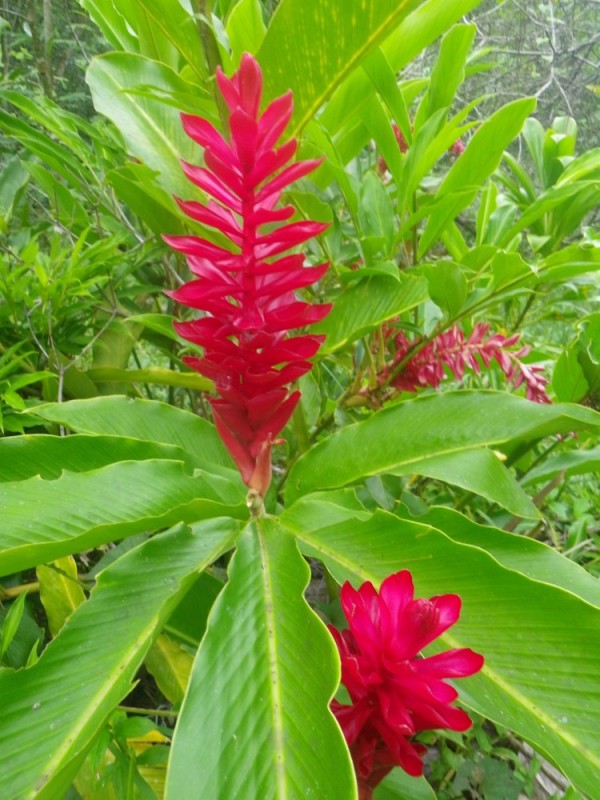
Madcap Sailing
31 December 2018 | Gold River Marina, Nova Scotia, Canada
06 August 2018 | Mahone Bay, Nova Scotia
15 June 2018
26 May 2018 | Gold River Marina, Gold River, NS
18 May 2018 | Gold River Marina, Gold River, NS
24 March 2018 | boat in Gold River, NS and crew in Halifax
22 May 2017 | Whittaker Creek, Oriental, NC
15 May 2017 | Boat in Oriental, crew in New Orleans and Nova Scotia
26 April 2017 | Oriental, NC
26 April 2017 | Oriental, NC
23 April 2017 | Oriental, NC
20 April 2017 | Ocean Isle Marina, Ocean Beach, NC at Mile 335.6
17 April 2017 | Dewees Creek, near Charleston, NC
14 April 2017 | St Simons Island
12 April 2017 | Fernandina Beach, FL
11 April 2017 | St Augustine, FL
07 April 2017 | Vero Beach, Florida
04 April 2017 | Ft Pierce
03 April 2017 | Ft Pierce, FL
30 March 2017 | Ft Pierce, Florida
The Market Town to Beat all Others
09 December 2012 | Chichicastenango
Beth / 80's daytimes -cool nights

This was probably the wiggliest road we have ever been on – one where the bus driver blew his horn before each corner to warn oncoming drivers of his approach, and guard rails? Uh, what are guard rails?
As we drove from Pana to Chichi, we passed small homesteads with corn and other vegetables planted in every available space; steep hills in every direction were terraced with plots of corn and coffee and avocadoes. People in native costume walked the sides of the roads, many women with bundles and baskets atop their heads. I so admire the posture of these women. They are about a foot shorter than me (5’10”) and often with wiry figures, standing straight and regal until they are elderly and the years and weight wear them down. I’ve been told that little girls start carrying small baskets at about 7 or 8 years, with the size and weight increasing as they are able to carry them. Their hair is glossy black and the older women wear complicated headdresses or folded pieces of cloth, depending on where they are from.
Market days in Chichi are Thursday and Sunday, and are for locals as well as tourists. Vendors arrive by car, cart and on foot early in the morning and by daylight they are ready for business. Stalls line both sides of the narrow streets, and tiny shaded alleys with tarps thrown overhead crisscross back and forth between them. We saw every kind of textile – all brightly coloured – and leather work and pottery. And also plastic of every description – bottles and bowls and sandals and anything one can imagine needing in a household. And then there were the produce stands and meat stalls and bags of little fishes and rice and beans. And women selling chickens and turkeys – still live and tucked under their arms or tied to their baskets. Our favourite parts of the market were those where the locals shopped. Several generations of a family would have a stall together and we got a sense that some were happy groups and some were not. One alley had stall after stall of sad-faced, thin women sitting silently behind equally sad looking goods and we had the feeling that theirs is a marginal existence. Other alleys had chubby cheeked children laughing together and pretty teenagers giggling and women selling healthy looking produce. It sounds as if there were more women than men, and indeed it seemed to be the women who were doing the selling. Men were there, some of them carrying packs and piles, some of them selling trinkets and textiles, but I think women are at the heart of the market.
People prayed on the steps of the Iglesia de Santo Tomas and swung censers made of tin cans with holes poked in them, mouthing prayers and ignoring the tourists. Men carried huge bags on their backs with straps across their foreheads, the calls of “good price for you!” rang out everywhere, and from the top of the church steps we could see the Capilla del Calvario at the other end of the street, neatly bookending the market with churches, and looming above the awnings of the market stalls. I have never seen such congestion, nor been pursued by so many insistent vendors. We eventually had to escape to the cool tranquility of the patio at Hotel Santo Tomas for coffee among the parrots and ferns.
Once refreshed, we plowed back into the fray again, this time purchasing some table mats and napkins and aprons and a small painting to remind us of the colour of the day. I smiled to see a crowd of young women, dressed in absolutely gorgeous embroidered huipils and skirts, examining fleece jackets and hoodies! Other women were poring over tables filled with embroidery floss and purchasing long pieces of fabric that had been woven by other women. The heavily embroidered flowered fabrics from Chichi are the work of many hands. There is a big difference in embroidery too – some had threads hanging and the reverse side was a jumble of loose ends. On others, the back was just as neat as the front. Prices dropped by more than half as they saw their buyer walking away.
Lunch at Los Cofrades, upstairs in the midst of the market was a wonderful surprise. Our platters of food were both beautifully presented and delicious, and the limondas wonderfully refreshing. As the young man presented our bill, he also gave us a little paper reminding us that the “Oxlajuj B’aqtun is an event that represents the end of a time cycle … like a snail shell… a time to remake ourselves to do a material renovation and contribute to make an individual and collective conscience … renew ourselves from our ideas and thoughts and change actions with the people and the environment… “ We had time for another walk around the outskirts of the market – this time avoiding the areas where vendors were insistent on selling the gringos something – anything – to take home. I caught a few pictures of vans loading up with local folks for the trip back to their own communities – bags of goods piled high on the roofs, men with carts and barrows struggling over cobbled streets, and yet more women with huge baskets on their heads. While I am normally very careful to be unintrusive with my camera, I decided to just shoot away here in this market town where the local people are very used to tourists - and there was also the part of me that said, “If you are going to chase me all the way down the street to try to sell me something, I feel free to take your picture!”
We piled into another little minivan, this time squished into the front seat beside the (mercifully) careful driver for the trip back to Antigua – once again craning our necks to see the fields and hills and valleys. I figured we were either in trouble or in safe hands when I saw our driver cross himself as we headed out of town! Thankfully it was the latter and we arrived safely.
As we drove from Pana to Chichi, we passed small homesteads with corn and other vegetables planted in every available space; steep hills in every direction were terraced with plots of corn and coffee and avocadoes. People in native costume walked the sides of the roads, many women with bundles and baskets atop their heads. I so admire the posture of these women. They are about a foot shorter than me (5’10”) and often with wiry figures, standing straight and regal until they are elderly and the years and weight wear them down. I’ve been told that little girls start carrying small baskets at about 7 or 8 years, with the size and weight increasing as they are able to carry them. Their hair is glossy black and the older women wear complicated headdresses or folded pieces of cloth, depending on where they are from.
Market days in Chichi are Thursday and Sunday, and are for locals as well as tourists. Vendors arrive by car, cart and on foot early in the morning and by daylight they are ready for business. Stalls line both sides of the narrow streets, and tiny shaded alleys with tarps thrown overhead crisscross back and forth between them. We saw every kind of textile – all brightly coloured – and leather work and pottery. And also plastic of every description – bottles and bowls and sandals and anything one can imagine needing in a household. And then there were the produce stands and meat stalls and bags of little fishes and rice and beans. And women selling chickens and turkeys – still live and tucked under their arms or tied to their baskets. Our favourite parts of the market were those where the locals shopped. Several generations of a family would have a stall together and we got a sense that some were happy groups and some were not. One alley had stall after stall of sad-faced, thin women sitting silently behind equally sad looking goods and we had the feeling that theirs is a marginal existence. Other alleys had chubby cheeked children laughing together and pretty teenagers giggling and women selling healthy looking produce. It sounds as if there were more women than men, and indeed it seemed to be the women who were doing the selling. Men were there, some of them carrying packs and piles, some of them selling trinkets and textiles, but I think women are at the heart of the market.
People prayed on the steps of the Iglesia de Santo Tomas and swung censers made of tin cans with holes poked in them, mouthing prayers and ignoring the tourists. Men carried huge bags on their backs with straps across their foreheads, the calls of “good price for you!” rang out everywhere, and from the top of the church steps we could see the Capilla del Calvario at the other end of the street, neatly bookending the market with churches, and looming above the awnings of the market stalls. I have never seen such congestion, nor been pursued by so many insistent vendors. We eventually had to escape to the cool tranquility of the patio at Hotel Santo Tomas for coffee among the parrots and ferns.
Once refreshed, we plowed back into the fray again, this time purchasing some table mats and napkins and aprons and a small painting to remind us of the colour of the day. I smiled to see a crowd of young women, dressed in absolutely gorgeous embroidered huipils and skirts, examining fleece jackets and hoodies! Other women were poring over tables filled with embroidery floss and purchasing long pieces of fabric that had been woven by other women. The heavily embroidered flowered fabrics from Chichi are the work of many hands. There is a big difference in embroidery too – some had threads hanging and the reverse side was a jumble of loose ends. On others, the back was just as neat as the front. Prices dropped by more than half as they saw their buyer walking away.
Lunch at Los Cofrades, upstairs in the midst of the market was a wonderful surprise. Our platters of food were both beautifully presented and delicious, and the limondas wonderfully refreshing. As the young man presented our bill, he also gave us a little paper reminding us that the “Oxlajuj B’aqtun is an event that represents the end of a time cycle … like a snail shell… a time to remake ourselves to do a material renovation and contribute to make an individual and collective conscience … renew ourselves from our ideas and thoughts and change actions with the people and the environment… “ We had time for another walk around the outskirts of the market – this time avoiding the areas where vendors were insistent on selling the gringos something – anything – to take home. I caught a few pictures of vans loading up with local folks for the trip back to their own communities – bags of goods piled high on the roofs, men with carts and barrows struggling over cobbled streets, and yet more women with huge baskets on their heads. While I am normally very careful to be unintrusive with my camera, I decided to just shoot away here in this market town where the local people are very used to tourists - and there was also the part of me that said, “If you are going to chase me all the way down the street to try to sell me something, I feel free to take your picture!”
We piled into another little minivan, this time squished into the front seat beside the (mercifully) careful driver for the trip back to Antigua – once again craning our necks to see the fields and hills and valleys. I figured we were either in trouble or in safe hands when I saw our driver cross himself as we headed out of town! Thankfully it was the latter and we arrived safely.
Comments
| Vessel Name: | Madcap |
| Vessel Make/Model: | Bayfield 36 |
| Hailing Port: | Halifax, Nova Scotia |
| Crew: | James D Bissell (Jim) and Elizabeth Lusby (Beth) |
| About: | Beth and Jim have spent several winters sailing southern waters on s/v Madcap. They love Halifax in the summer, but loved to spend the winters exploring warmer places - the Bahamas, Cuba, Mexico, Guatemala, Belize, Honduras. |
| Extra: | |
| Social: |
Madcap

Who: James D Bissell (Jim) and Elizabeth Lusby (Beth)
Port: Halifax, Nova Scotia






















